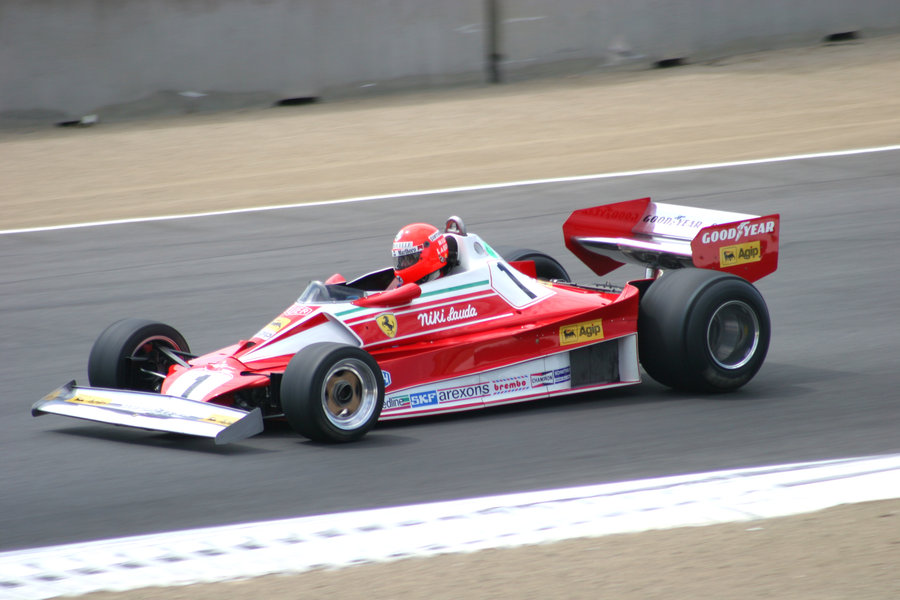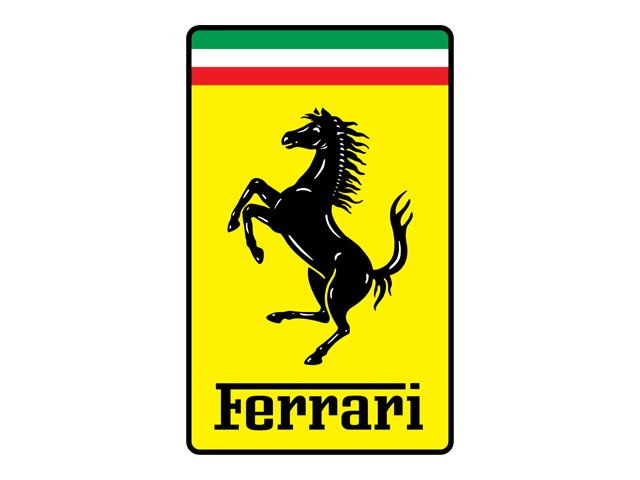1976 Ferrari 312 T2

The descriptions of the Classic Cars in the Directory were partly generated or supplemented with the help of artificial intelligence (AI). The content may occasionally not always be entirely accurate or factually correct despite careful checking.
The Ferrari 312 T2 from 1976 was a legendary Formula One car that dominated the competition in its time. With its superior aerodynamics, powerful engine, and innovative design, it set the standard for what a race car should be. This car was driven by the likes of Niki Lauda and Carlos Reutemann, who cemented its place in the history books.
At the heart of the Ferrari 312 T2 is the 12-cylinder engine, which had a displacement of 2,991cc and produced approximately 500 horsepower at 12,200 RPM. This engine was renowned for its smoothness, reliability, and responsiveness. It featured four valves per cylinder, and a flat-plane crankshaft which helped to reduce vibration and allowed the engine to rev to high speeds. The engine was coupled to a five-speed manual gearbox, which was mounted longitudinally on the chassis, allowing for quick and precise shifting.
The chassis of the Ferrari 312 T2 was made of aluminum and had a monocoque design, which provided strength and rigidity. The front and rear suspension featured independent double-wishbone designs with coil springs and dampers. The car's aerodynamics were also a standout feature, with a low nose cone, a high-rise tail section, and a wing at the rear for enhanced downforce. The combination of these aerodynamic features allowed the 312 T2 to corner and turn with exceptional agility and speed.
The cockpit of the Ferrari 312 T2 was also a marvel of engineering. It had all the necessary gauges and switches required for high-speed racing, as well as a custom-made racing seat that allowed the driver to settle in and focus on the task at hand. The steering wheel had multiple buttons and switches for various functions, and the pedals were adjustable to ensure the driver's reach and comfort.
In conclusion, the Ferrari 312 T2 from 1976 was a technical masterpiece that pushed the limits of what a Formula One car could achieve. With its powerful engine, innovative design, and exceptional handling, it set a new standard for race cars of its era. It remains a beloved icon of motorsport, and a reminder of the unbridled passion and dedication that goes into creating a true legendary race car.
Milestones
- January 1976: Ferrari unveils the new 312 T2 Formula One car, featuring a transversely mounted engine to improve weight distribution and handling. - March 28, 1976: Niki Lauda wins the opening race of the season in Brazil, the first victory for the 312 T2. - May 2, 1976: Lauda wins the Spanish Grand Prix, putting him firmly in the lead of the championship standings. - August 1, 1976: Lauda suffers a horrific crash during the German Grand Prix at the Nürburgring, causing him severe burns and injuries. - August 8, 1976: Ferrari withdraws from the Austrian Grand Prix in the wake of Lauda's accident, with Carlos Reutemann driving the sole 312 T2. - September 12, 1976: Lauda makes a remarkable return to F1 just six weeks after his crash, finishing fourth in the Italian Grand Prix. - October 10, 1976: Lauda clinches his first World Championship title for Ferrari with a third-place finish in the Japanese Grand Prix. - December 5, 1976: Ferrari wins the Manufacturers' Championship, with the 312 T2 contributing to all but one of their victories during the season.Technical
- Engine type: Flat-12 - Displacement: 2.9 L - Power output: 500 hp - Transmission: 5-speed manual - Suspension: Double wishbone front and rear - Brakes: Disc brakes all around - Weight: 600 kg - Top speed: 205 mph (330 km/h) - Driver(s): Niki Lauda and Clay Regazzoni - Chassis: Aluminum monocoque - Wheelbase: 2,310 mm - Track width: 1,422 mm (front) and 1,401 mm (rear) - Fuel capacity: 220 L - Tires: Goodyear - Exhaust: Dual exhausts on each side of the car - Aerodynamics: Low and wide body with prominent side skirts - Steering: Rack and pinion - Electronics: Basic electronic engine management system with no traction control or power steering as it was not allowed by FIA regulations.